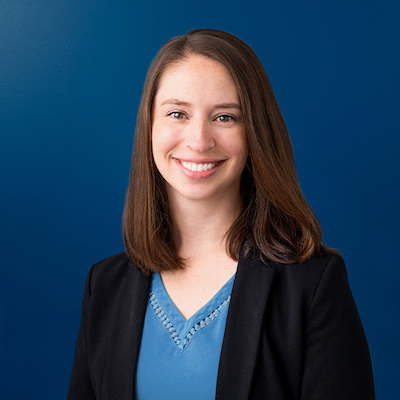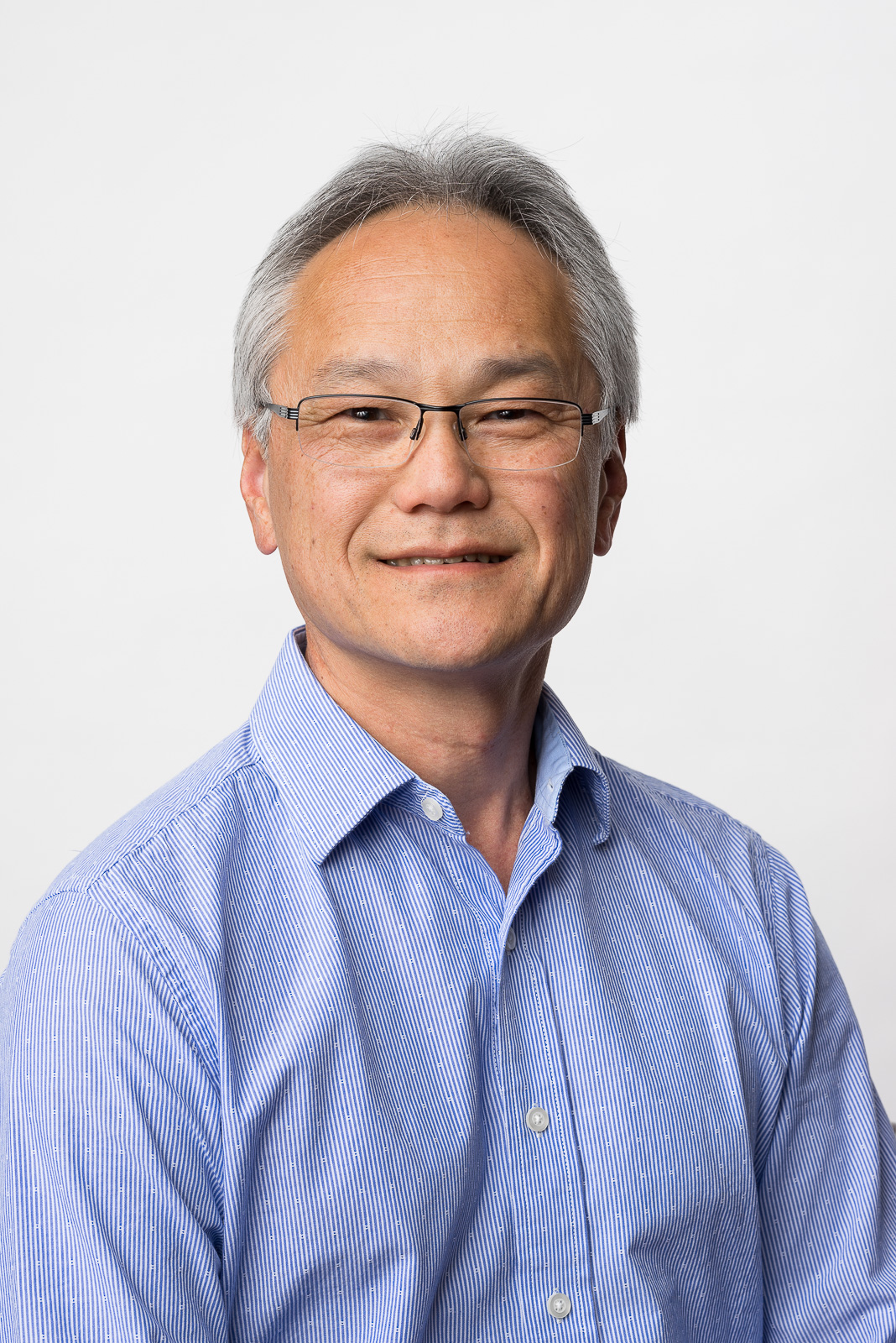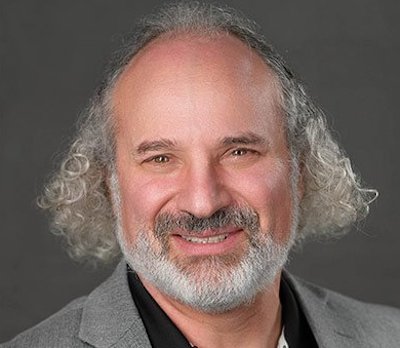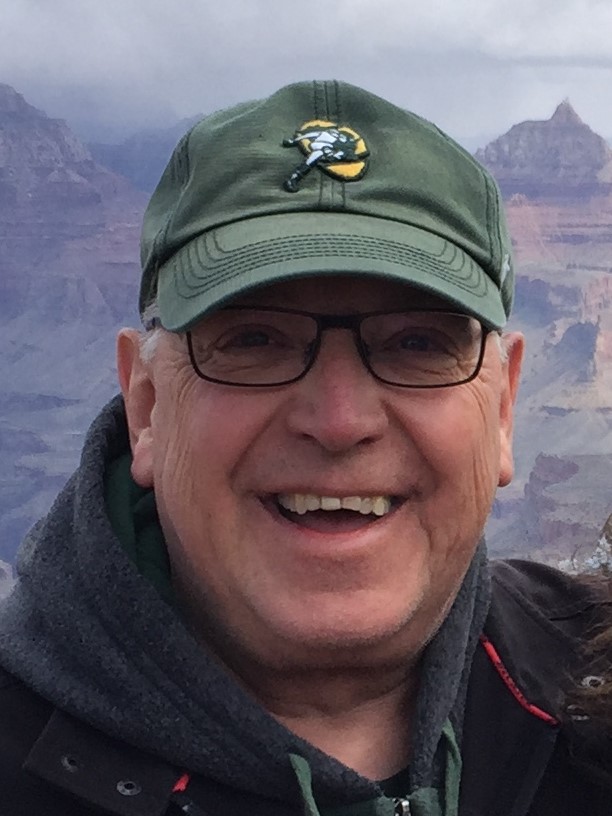Tech Focus: Training, Part 1 — The Search Continues for Solutions to the Dearth of Next-Gen Broadcast-Audio Techs
Educating prospects on the industry, standardizing job needs are part of wide-ranging approach
Story Highlights
The aging-out of the current cohort of A1s remains a core — if not existential — crisis for the broadcast-sports industry. Although AI and other automation solutions may eventually help offset the natural attrition shrinking the ranks of mixers, the cultural immediacy and financial criticality of live sports television argues for keeping human hands on the console faders. The question remains, however: where will they come from?
Two years ago, though expanding training, crew provider Program Productions Inc. (PPI) noted a 30% decrease in its post-pandemic workforce. More recently, it has seen about the same reduction year over year in crew travel.

PPI’s Kelly Hammonds: “We have some clients who are willing to take a chance on someone who is less experienced. They understand it’s going to mean more work for them that day.”
That trend could indicate that more crewmembers are available locally, reducing the need for travel, according to Kelly Hammonds, manager, strategic partnerships and crew development, PPI. “Whether it’s due to additional training, to additional people learning about the industry and pursuing it, or to people who are that next generation now coming out of the schools, it’s hard to tell for sure, but 30% is a pretty significant number.” She adds, however, that it could also reflect an increase in the use of REMI workflows in recent years.
One-on-One Training
PPI is continuing the one-on-one training model it established several years ago: local prospects are paired with traveling senior A1s, usually for games broadcast on regional sports networks, with the training free to the trainees. However, the RSN landscape has seen considerable turmoil in the past year, with much of the disruption stemming from the bankruptcy filing by Diamond Sports, the Sinclair Broadcast Group subsidiary that operates several RSNs under the rubric of Bally Sports.
PPI Manager, Field Operations, Dave Brickson, himself a veteran A1 and a lead trainer, believes that RSNs are critical to the development of the next generation of sports-audio mixers. “You have to start at the small shows, at the RSN level. There is no direct path from school to a national A1 seat; there’s years and years of development to get to that point. RSNs are where, I think, you’re still going to see them come from.”
Hammonds has lately seen more broadcaster willingness to give those on the entry-level rungs of the broadcast-audio ladder a chance to step up and mix a game.
“We have some clients who are willing to take a chance on someone who is less experienced,” she says. “They understand it’s going to mean more work for them that day: giving tighter cues, spending more time during preproduction rehearsing elements. But we have producers and directors who are willing to do that. Those opportunities are the ones where we see the less experienced A1s getting a chance at seat time and [practice].”
Both Hammonds and Brickson see media-arts schools as a starting point for some prospective sports-audio technicians, although the depth and intensity that broadcast gets at the academic level varies widely from school to school. Some schools, such as CRAS in the Phoenix area, have their own remote units and can do actual broadcasts from campus, whereas others simply include broadcast basics as part of their broader curriculum, which is usually focused on music production.
“I learned signal path at school,” notes Brickson, himself a graduate of Full Sail University in Florida. “The rest comes from going out and doing it and being there, any way you can.”
Connecting With Students
Broadcasters and production companies that need the next generation of audio personnel and the institutions that want to train them agree on the need to fill the pipeline. The problem is how to connect them. Colleges and universities that offer a focus on media arts and crafts have tried to raise broadcast’s profile with students, but sitting in the rear compartment of a remote truck can be a tough sell to twentysomethings with sights set on careers in music production. Some broadcasters and organizations have tried limited propositions, such as apprenticeships, although the efforts have been chronically underfunded and often hyperlocal.
“One problem is that there’s no common vocabulary between the networks and the schools at this point,” says Chris Fichera, VP, Group One Ltd., U.S. distributor of broadcast-audio brands Calrec and SSL. “They’re not hiring the graduates of the broadcast-audio programs because they’re not sure of their qualifications, so they continue to rely on a dwindling pool of existing A1s. That’s not sustainable.”

Industry vet Tom Sahara aims to standardize job nomenclatures and quantify prospective hires’ knowledge and experience.
Tom Sahara, former VP, operations and technology, Turner Sports (now TNT Sports), is targeting that issue, working toward creation of a taxonomy to bridge the gap between broadcaster expectations and what a new generation of media-tech graduates can offer. Via a series of seasonal seminars, he has been offering students at Full Sail University a picture of the broadcast-technology landscape and the occupational opportunities it presents, with an emphasis on audio.
When students seeking a job in the industry are asked about their experience, they can say they’ve worked various jobs in school, he explains, noting in particular WWE’s NXT series, which is produced at Full Sail’s production facility largely by students. “But there isn’t a place for the hiring person to find out exactly what went on or whether the students executed the jobs to the level that they’re looking for. They have many questions about what the capabilities of these kids are. Sure, they might list it on their résumé, but whom can [the company] call to verify it? It’s a question that comes up across the industry, and so I’m starting this to see what we can do to help that.”
Sahara describes the issue as mainly one of data and nomenclature: identifying and standardizing the needs and requirements of broadcasters and doing the same for prospective hires, quantifying their knowledge and experience in a way that lights up the hiring receptors at the broadcaster.
“Another problem,” he adds, “is that everyone might have a certain title for a [broadcast role] but each network has its own list of duties and qualifications for it. So much of it is trying to find what’s common and see if there’s a way that we can simplify and standardize some of the terminology so that, when you’re looking for a booth A2, everyone will know exactly what [capabilities] that person should have [to fill that role]. All we’re trying to do is just make it less confusing for everyone.”
Sahara’s presentations at Full Sail, part of the school’s regular career fairs, focus on explaining the various technical roles — audio and other sports-production–related positions, such as replay editing and graphics — performed on sports productions.
He regularly confers with colleagues like Fichera and plans to include more manufacturers’ voices in the near future. However, it’s an ad hoc approach for now — the initiative isn’t formalized yet — but one he says is finding a receptive audience at a time when the music business has become more complicated and even daunting as a career choice for some students.
For Fichera, emphasizing the economics of freelancing for A1s and other roles seems to encourage students at a time when student-loan costs weigh on their career calculations. “They were stunned when they heard what an A1 can earn. Doing more of that can make a real difference.”
Manufacturers Help
Sahara cites audio-equipment suppliers as a conduit between what sports broadcasters need and what schools can potentially provide, because a solid link between the two already exists: schools and broadcasters generally use the same technology platforms.
“Right now,” he says, “we’re starting with the school and the manufacturers, since [the connection] already exists. We’ll get them on board, get that going, and then slowly expand from there.”
The equipment makers are themselves a source of training. (See Part 2 of this series.) As a matter of course, manufacturers of broadcast-audio gear offer a variety of levels and intensities of training on their own equipment. Most training is simply part of large-purchase — audio consoles, for example — commissioning processes. Others provide ongoing training in industry sectors — such as Shure Audio Institute’s focus on microphones — as part of marketing efforts. Some try to cover several angles.

Riedel’s Rick Seegull: “You can never be sure of the knowledge base of freelancers. We’re aware of that in our training.”
Riedel Communications training is usually integrated into the commissioning process for both installed and deployed-rental systems, with an emphasis on the fact that much of the user base will be freelance, according to Rick Seegull, SVP, technology and business development, Americas, Riedel. He notes that freelancers make up the majority of onsite audio technicians for remote broadcast-sports productions.
Much of Riedel training revolves around “Riedel Tuesday” events held either the second or third Tuesday of each month at the company’s U.S. headquarters in Santa Clarita, CA, or elsewhere when scale allows it.
“You can never be sure of the knowledge base of freelancers,” Seegull points out. “We’re aware of that in our training. In some cases, even for large network deployments, we’ll ask the broadcaster to tell us the key people who will need the training ahead of time, so we can tailor it to the people and the products deployed.”
In the case of wireless deployments, such as Riedel’s Bolero system, the company’s technicians doing the training may vet the space or campus where a production will take place, to help optimize things like antenna placements, a process that can also become part of training. In other cases, as stadium and arena staffs change, management may call on Riedel for “refresher” training for new staffers.
“In general,” Seegull says, “we try to make training as hands-on as possible. Not ‘death by PowerPoint.’”
Although online training is popular and enables worldwide audiences to be reached, there has been a resurgence in demand for in-person training, according to Dave Klein, senior director, Technical Content Team, Shure. “With the integration of the Shure Audio Institute [SAI] in our Technical Content Team,” he says, “we are now able to offer a wide array of training and educational and technical documentation resources to better serve the needs of our audio industry.”

Shure’s Dave Klein: “When events moved from live to streaming, so did the way we taught the technology and techniques. Now we’re moving back to live events and teaching in person again.”
Demand for courses on topics like frequency-spectrum management and live mixing, he adds, has increased significantly in the past six to eight months. Shure’s Master Class events have expanded their reach, to New York, the UK, and, more recently, South Africa and Latin America.
With the return of trade-show attendance, people once again are comfortable about travel and being with crowds, Klein adds. “When events moved from live to streaming, so did the way we taught the technology and techniques.”
During the COVID era, the company developed such content as Shure Webinar: Workflow — Broadcast From Home specifically for broadcast sports, he says. “Now we’re moving back to live events and teaching in person again.”
A Problem Bigger Than Broadcast
Filling the next generation’s A1 chairs won’t be an easy task, and, although it has been on the front burner for industry leaders and manufacturers for years, it remains a stubborn problem. And broadcast audio isn’t the only sector to face it. Underscoring how challenging it is to get talented technical candidates interested in the backstage mechanics of a dazzling business, the Country Music Association has developed its own apprenticeship program to address the critical lack of tour technicians for a music genre heavily dependent on live production. Similar to PPI’s program for broadcast, the CMA Touring Mentorship Program offers early-career touring candidates access to experienced professionals in their desired fields, including front-of-house and monitor-mix engineers. Mentees meet with mentors monthly over six months to discuss best practices and also receive real-world experience by shadowing on projects.
Sahara is retired from the broadcast business now and focusing on his role as SVP, production technologies, at Quintar, a startup aimed at developing augmented-reality mobile experiences for sports. Nonetheless, he cannot leave his old workplace completely behind, at least until it gets better at replacing its relentless attrition.
“It’s still a critical problem,” he says. “More needs to be done.”
Click here for Tech Focus: Training, Part 2 — Manufacturers Offer Online and Onsite Audio Learning.
